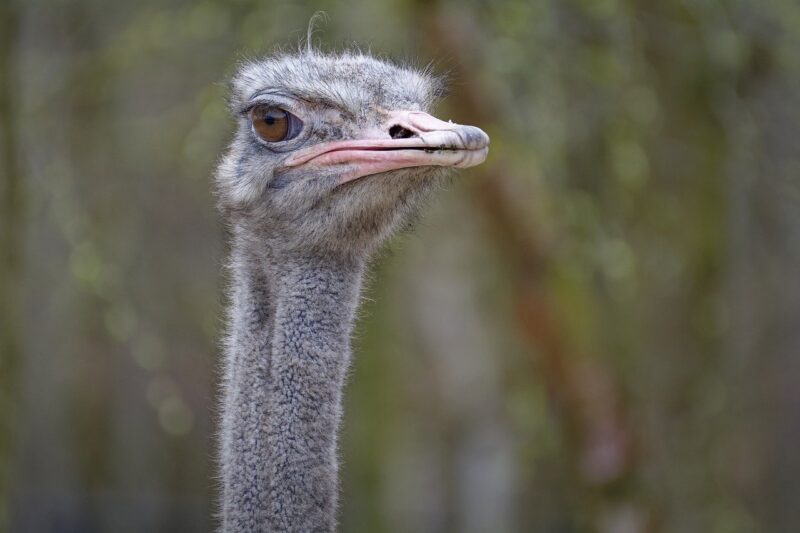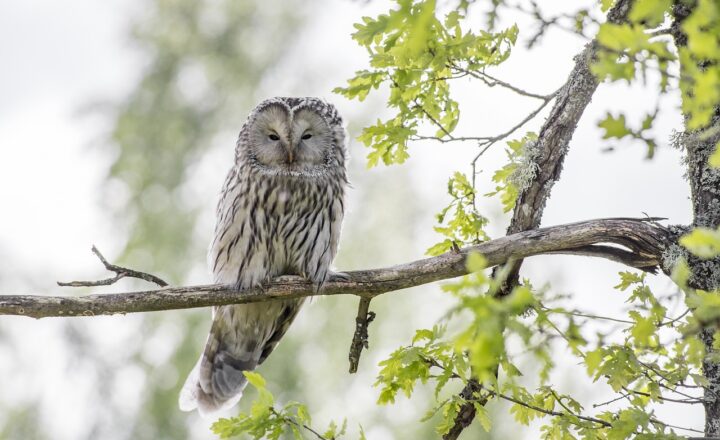How Modern Zoos Are Using Enrichment Tools to Improve Animal Welfare
November 15, 2024

Zoos have evolved significantly over the years, moving from mere spectacles of animal confinement to sanctuaries aimed at education, conservation, and animal welfare. One of the most impactful advancements in modern zoology is the implementation of enrichment tools designed to enhance the well-being of the animals in their care. This article will explore the various types of enrichment tools and strategies currently used in zoos to improve animal welfare, the science supporting these methods, and the future of enrichment in wildlife conservation.
1. Understanding Animal Enrichment
Animal enrichment refers to the process of enhancing the environment of animals in captivity, providing them with stimulating experiences that encourage natural behaviors. This is vital because animals in captivity may experience boredom and stress, which can lead to mental health issues and impaired physical health.
Enrichment is based on several principles:
- Variety and Novelty: Providing diverse activities and objects that change frequently to maintain interest and motivation.
- Complexity: Incorporating challenges that require animals to think and solve problems, mimicking their wild experiences.
- Choice and Control: Allowing animals to participate in decisions about their activities fosters a sense of agency, thus reducing stress.
Research has shown that effective enrichment can have significant benefits, such as increased activity levels, enhanced reproductive success, reduced stereotypical behaviors (repetitive, non-functional behaviors), and overall improved health. The goal is to create an environment that allows animals to express their natural behaviors and instincts.
2. Types of Enrichment Tools Used in Zoos
Modern zoos utilize a variety of enrichment tools to cater to the needs of different species. Here are some examples:
Physical Enrichment
Physical enrichment includes modifications to the animals’ habitats and structures to encourage exploration and physical activity. Examples include:
- Climbing Structures: For species like monkeys and big cats, trees, ropes, and platforms are crucial for encouraging natural climbing behavior.
- Water Features: Pools or streams can be beneficial for animals like otters or seals, providing opportunities for swimming and diving.
- Different Terrain Types: Incorporating various substrates (sand, logs, rocks) allows animals to engage in behaviors like digging, foraging, and scratching.
Sensory Enrichment
Sensory enrichment involves stimulating the animals’ senses to promote natural exploration and social interactions. Examples include:
- Scents and Smells: Utilizing non-toxic scents or food sources to encourage clean foraging behavior, can motivate animals to engage with their environment.
- Auditory Enrichment: Introducing sounds from the natural environment or other animal calls to stimulate curiosity and social interactions.
- Visual Stimulation: Using colorful objects or mirrors can provoke curiosity and exploration among many species.
Food Enrichment
Changes in feeding practices, including the presentation of meals, can significantly impact animal behavior. Examples of food enrichment include:
- Puzzle Feeders: Devices that require animals to solve a problem to access their food, thus stimulating their cognitive abilities.
- Hidden Treats: Hiding food around the exhibit to encourage foraging behaviors.
- Frozen Treats: Freezing fruits or other treats in ice, presenting a challenge for the animals to break into them.
3. The Science Behind Enrichment: Evidence of Impact
Research studies have underscored the importance of enrichment for captive animals. For instance, a significant study in 2020 showed that elephants given access to novel enrichment items spent 30% more time engaging in positive behaviors compared to those without enrichment. Another noteworthy finding is that captive big cats with varied sensory experiences exhibited a substantial decrease in stereotypical behaviors, indicating a positive shift in their mental health.
Furthermore, enrichment tools have shown to foster social interactions in species like primates; groups that were provided with novel items exhibited increased play behavior, strengthening bonds within the troop.
This positive reinforcement role supports the idea that enrichment is not just beneficial but necessary for the long-term mental and physical health of zoo animals. By observing the impacts of different kinds of enrichment, zoos can adopt a more effective, tailored approach to each species’ needs.
4. Training: A Key Aspect of Enrichment
Animal training is closely linked with enrichment. Using positive reinforcement techniques, zookeepers can encourage animals to participate in their care routines and activities that promote their well-being. This training helps to:
- Reduce Stress: Animals that are trained are often less stressed and more adaptable to routine procedures.
- Enhance Welfare: Trained animals can engage more with enrichment activities, ensuring they remain active and stimulated.
- Promote Education: Animal behaviors can be showcased to the public in educational presentations, raising awareness about species conservation.
Zookeepers utilize various training methods, including behavior shaping and operant conditioning, to create positive associations with the humans caring for them. The commitment to training not only solidifies trust between species and zookeepers but also cultivates a more positive and enriching environment for the animals.
5. The Future of Enrichment in Zoos
As the understanding of animal welfare expands, the future of enrichment appears promising. Here are some anticipated innovations and trends:
- Greater Customization: Utilizing technology, zoos can monitor animal behaviors and tailor enrichment activities to the specific needs of individual animals.
- Collaboration and Sharing Best Practices: Zoos worldwide increasingly share ideas, successes, and failures in enrichment practices, creating a collaborative environment focused on species welfare.
- Integration of Virtual Reality: As technology advances, virtual reality could provide simulated environments for animals, enabling them to experience different habitats and scenarios while in captivity.
Furthermore, an increased focus on conservation and sustainability in zoos will lead to a greater emphasis on enrichment that reflects the animals’ natural habitats and behaviors. This holistic approach assures that animal welfare remains a primary focus and aligns with broader conservation goals.
Conclusion
Zoos are no longer just places to observe exotic wildlife; they have transformed into vital institutions committed to the well-being of animals and their conservation. Enrichment tools, when implemented thoughtfully, play a central role in improving animal welfare and ensuring that zoo residents live enriched, fulfilled lives. As we continue to advance our understanding of animal behavior and needs, it becomes evident that a pivotal aspect of zoo life is ensuring animals thrive rather than just survive. Through scientific research, innovative practices, and a commitment to animal welfare, zoos will remain on the forefront of wildlife conservation and education, shaping the future for wildlife, both in captivity and in the wild.








